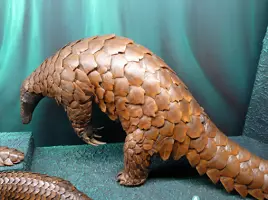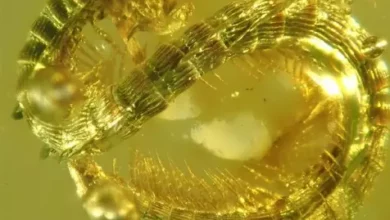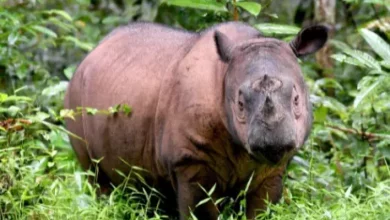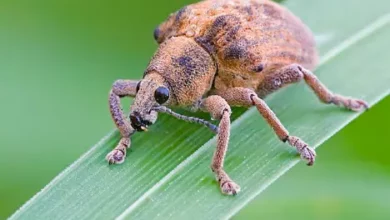A (very rare) rarity trapped in Cretaceous amber
Amber has been bringing great joy to zoology in recent weeks.
To the discovery of the millipede we must add the new discovery of a very rare marine animal: an ammonite the size of a fingernail that dates from the Cretaceous, 99 million years ago.
Ammonites are related to today’s cuttlefish as marine animals. Its rarity is that it is a marine animal trapped in amber which only occurs in terrestrial trees.
In the study published in the Proceedings of the National Academy of Sciences , the authors note that ” aquatic organisms are rarely found in amber, but when this happens it gives invaluable evidence to better understand past ecosystems and the taphonomy of amber .” Taphonomy is the branch of paleontology that studies fossilization processes.
How do you find a marine animal trapped in terrestrial amber?
3D images of high resolution obtained through an X – ray computed tomography (micro-CT) show that the shell was a Puzosia youth (Bhimaites), a subspecies of ammonites with a soft, spiral shell.
But how is it possible that this mobile mollusk will end up in the resin of a tree surrounded by mites, spiders, millipedes, cockroaches and wasps that are only found on the ground?
The researchers believe that the resin most likely flowed from a conifer that was in an estuarine environment . As gravity pulled the leaking resin down the tree, any insect or land animal would have been caught in its path.
Eventually, the resin would have reached the beach where it would have surrounded any marine organisms in its path. However, no soft tissue was found in the ammonite layer or in four other seashells also found within the amber, indicating that the animals were probably already dead when they were trapped by the resin.




